
August to November
Whale Watching
Spot humpback and southern right whales as they migrate along the coast or take a tour on the local Whale Cruises
1300 629 092
Augusta is one of Western Australia’s oldest settlements, officially founded in 1830 and named after Princess Augusta, the daughter of King George III. Located at the mouth of the Blackwood River, the area was originally inhabited by the Wadandi people of the Noongar Nation, who have cared for this land for tens of thousands of years. Early European settlers were drawn to Augusta for its rich natural resources, particularly timber from the surrounding forests. The town developed slowly, shaped by industries such as logging, farming, and fishing. Over time, Augusta became known for its pristine coastline, maritime heritage, and relaxed charm. Today, it remains a quiet yet captivating destination, offering visitors a deep connection to both cultural heritage and the natural beauty of Western Australia's South West.

August to November
Spot humpback and southern right whales as they migrate along the coast or take a tour on the local Whale Cruises
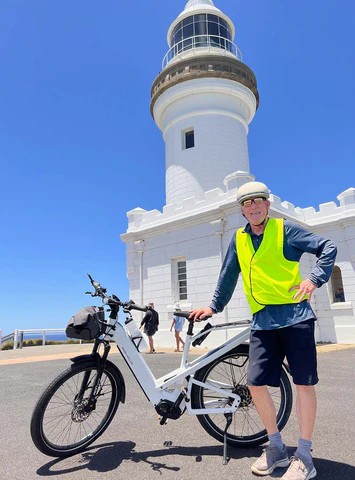
All year round
Stand where the Southern and Indian Oceans meet. As Australia’s tallest mainland lighthouse, Cape Leeuwin offers panoramic views, rich maritime history, and unforgettable photo opportunities.

All Year Round
Famous for its friendly stingrays that glide right up to the shoreline. Perfect for families and wildlife lovers seeking a gentle encounter with nature.
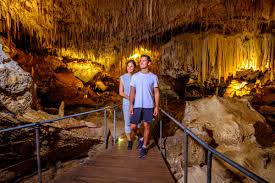
All Year Round
Step into a magical underground world filled with towering crystal formations. Guided tours offer insights into the ancient limestone systems beneath the Leeuwin-Naturaliste Ridge.

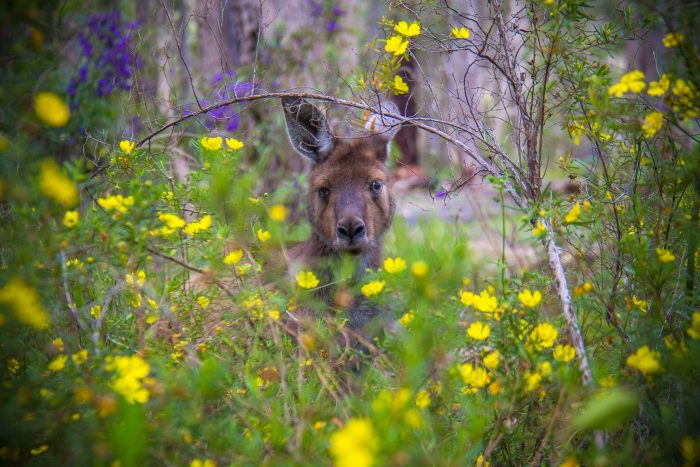
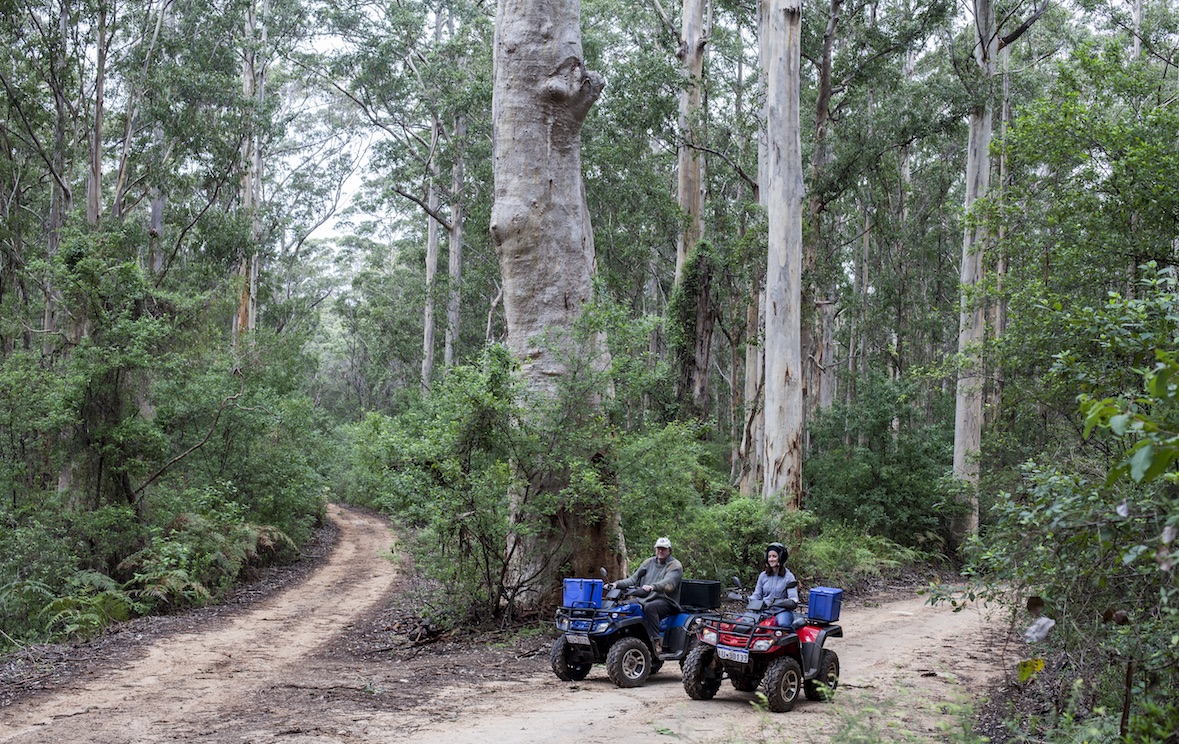
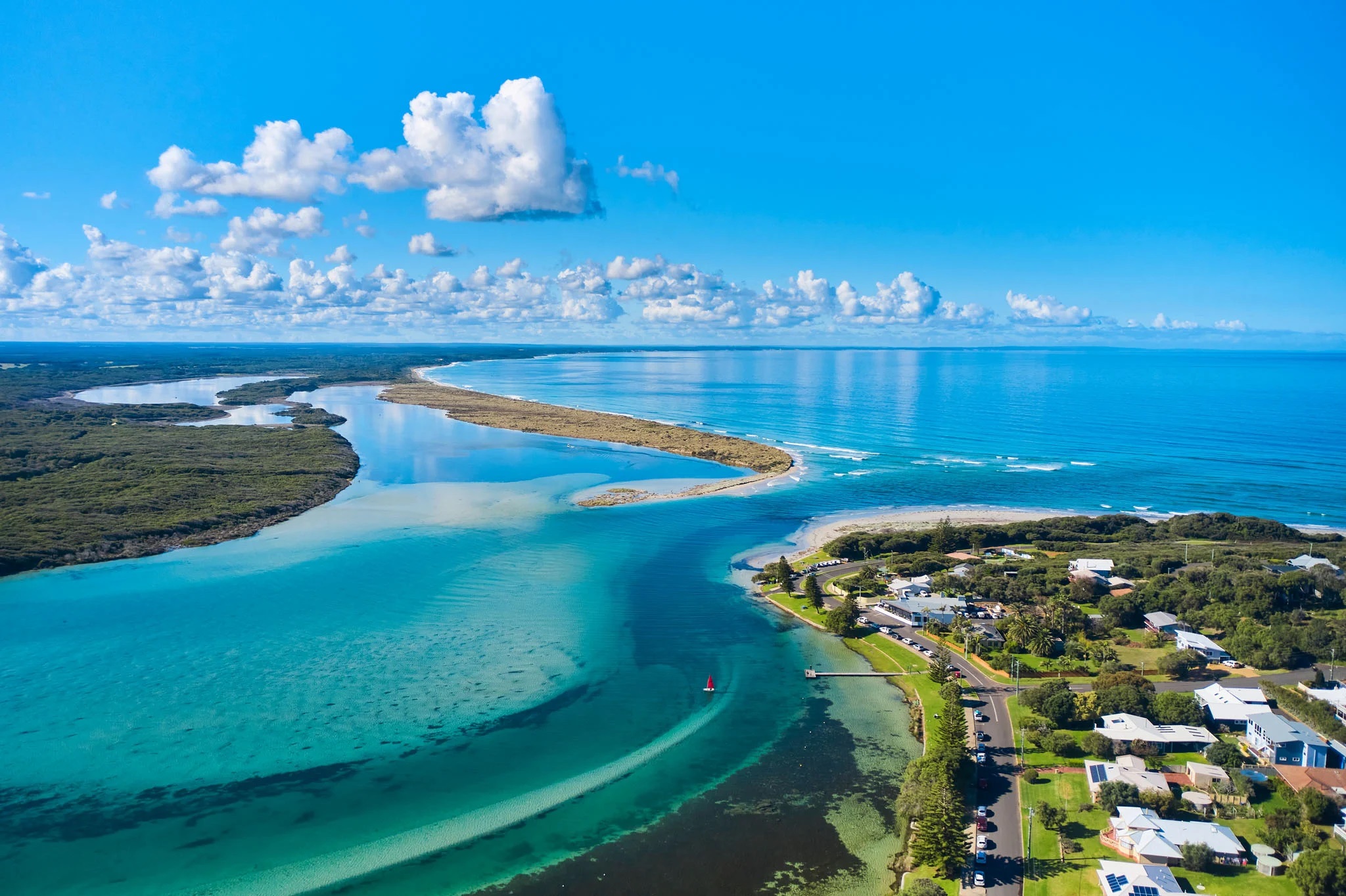





Melbourne to Busselton flights are operated by Jetstar only, and this direct route will be offered three times per week from March 2020. The morning flights will be departing on Mondays, Wednesdays and Saturdays, leaving Melbourne at 9.40am and arriving at the newly-upgraded Busselton Margaret River Airport at 9.05am. The Jetstar Melbourne to Busselton flights will be the first time travellers can fly directly into the gateway of the Margaret River, rather than having to make the three-hour drive south upon arriving in Perth.

Last year, flights commenced between Melbourne and Busselton Margaret River making it easier for Victorians to visit Australia’s South West and immerse themselves in the food, wine, experiences, and beaches that make the region one of the best tourism regions in the world. Jetstar has now launched a new route to the region, flying direct from Sydney to Busselton.
The flights commence on 26 March 2024 with flights operating on Tuesdays, Thursdays, and Saturdays. After 1 April 2024, the Tuesday flight will change to a Monday flight. The flights, operated by an Airbus A320, will be the only direct service connecting Sydney with Busselton Margaret River, making the journey from the harbour city just about five hours.

Augusta is located in the southwestern part of Western Australia, approximately 320 kilometers south of Perth.
The drive from Perth to Augusta typically takes around 3.5 to 4 hours, primarily following State Route 2 and then State Route 10. These roads are well-maintained and offer scenic views, particularly as you approach the coast. From Busselton, a closer regional hub, Augusta is about 90 kilometers away, with the journey taking roughly 1 to 1.5 hours via Bussell Highway (State Route 10). This route is direct and mostly straight, making it a quick and easy drive through picturesque countryside and coastal areas.
Western Australia’s southwestern region is a diverse and vibrant destination, offering unique experiences throughout the year, each season marked by its own distinct activities and natural phenomena. The region’s climate and ecological rhythms are intimately understood through the indigenous six-season calendar, which provides insights every two months into changes in wildlife, plants, and weather patterns. Whether attracted by the natural wonders, culinary delights, or the changing scenery, visitors are guaranteed a memorable journey in this year-round destination.
Each season in Western Australia’s South West brings its own charm and set of experiences, from the energetic springs that awaken the landscape with floral splendor and wildlife activity, to the cozy winters characterized by dramatic storms and a comforting ambiance ideal for enjoying local wines by a log fire. This deep seasonal diversity not only enriches the visitor's experience but also influences local agricultural practices and gastronomy, with restaurants showcasing seasonal produce and native ingredients.

December – January
Birak is characterised by arid easterly or north easterly winds in the mornings and a coastal sea breeze in the afternoon. The Wanajet (peppy flowers) have fallen, letting us know the rains are easing up. The sun shines hotter and the days are longer.
The region's beaches are a paradise for lovers
of sun, sand, and sea, providing ideal conditions for beach activities.

February – March
The hottest of the six seasons, Bunuru is also known as Season of Adolescence. Bringing with it long days and short nights, it is when trees are bearing fruit and considered the ‘second summer’.
This period also includes the salmon run between March and April, drawing anglers eager to catch the migrating fish.

April – May
Djeran signifies the start of cooler weather with dewy mornings and the falling of leaves on deciduous trees, and is known as Season of Adulthood. It is noted for south westerly winds, an abundance of native flowers in bloom, and trees in fruit.
With beautiful Bush Walks, Dolphin Tours, Adventure Tours this is a great time to visit and see the changing of the seasons.

June – July
The coldest and wettest time of the year, known as Fertility Season. Makuru brings the first heavy rains, and storms occur more frequently as Boodja (Country) cools down. Many local Wadandi people moved to inland areas for shelter to escape the storms coming off the Southern Ocean.
For culinary adventurers, the months from June to August are perfect for truffle hunting, an activity that taps into the region's rich bounty of prized fungi.

August – September
As the days start to warm up, explosions of wildflowers bloom in the South West over Djilba. Yonga Marra (Kangaroo Paw) begins to flower yellow blossoms, and Koola (Emu Plum) starts to fruit. It is also a great time to try and catch some djildjit (fish).
Whale watching from August to November transforms the coastline into a
hub for nature enthusiasts hoping to spot the majestic migration of
whales, including the elusive blue whales. Concurrently, the region
bursts into color with vibrant wildflowers blooming.

October – November
Kambarang brings longer and warmer days, and is also known as Season of Birth when we start to see an abundant explosion of colours, flowers and life all around us. The djet (flowers) are in full bloom, and plants used for mereny (food), medicine, crafts, tools, kaal (fire), and ceremonies are collected.
The beauty continues into the rainy months of October to September when the local waterfalls are at their most spectacular, fed by the winter rains that create lush, verdant landscapes.
Avg Temp: 16°C – 24°C
Avg Rain Days: ~4 per month
Avg Rainfall: ~30 mm/month
Avg Temp: 14°C – 19°C
Avg Rain Days: ~11 per month
Avg Rainfall: 100–120 mm/month
Avg Temp: 12°C – 17°C
Avg Rain Days: ~13 per month
Avg Rainfall: 130–150 mm/month
Avg Temp: 13°C – 20°C
Avg Rain Days: ~7 per month
Avg Rainfall: 40–60 mm/month